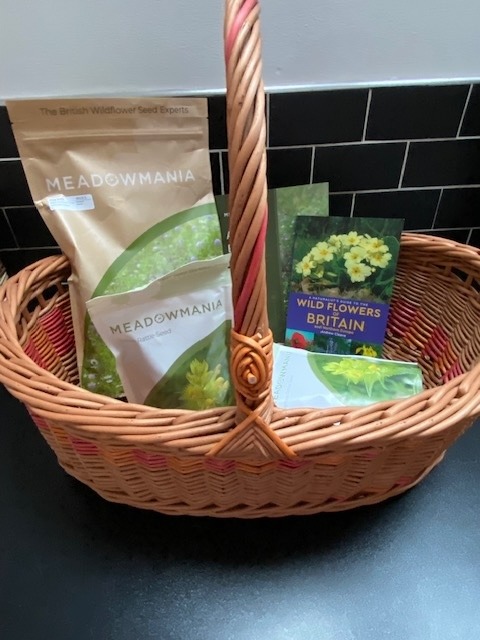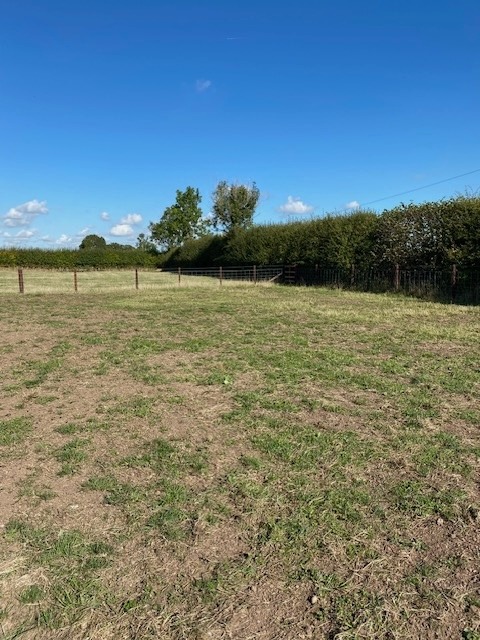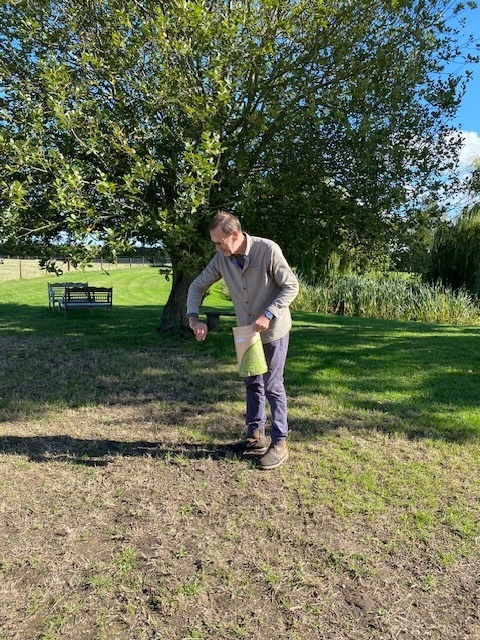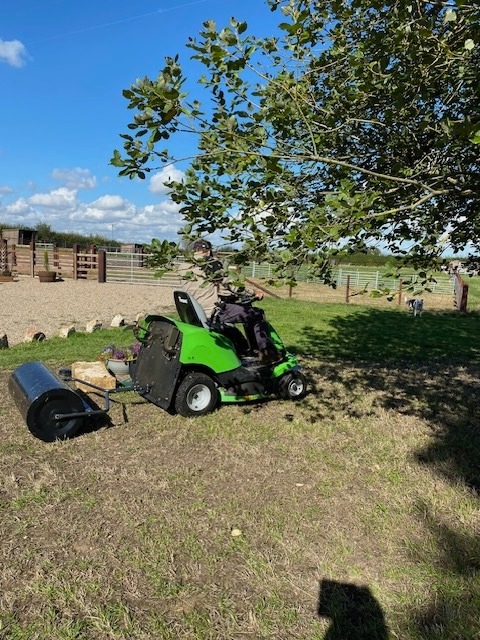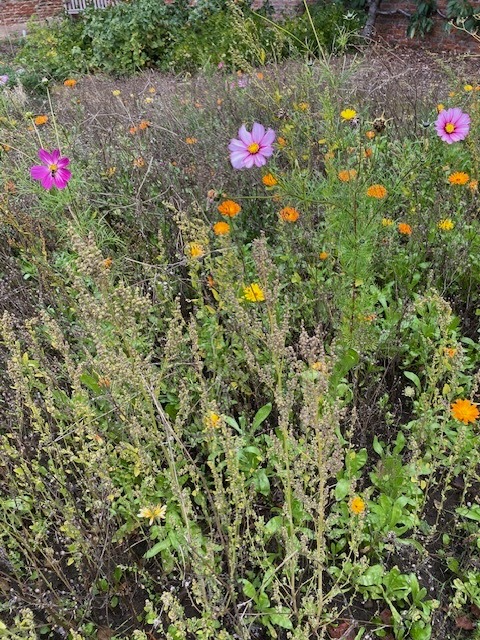
Allison Lee
Smallholding Correspondent
1:00 AM 15th November 2025
lifestyle
Sowing A Wildflower Meadow
![Seeds from Meadowmania]()
Seeds from Meadowmania
aving driven past dozens of meadows and verges at the side of the country lanes in North Yorkshire this summer, full of colourful wildflowers, we decided to dedicate one of our paddocks to growing wildflowers. The aim is to attract as much wildlife as possible making the paddock a haven for bees, butterflies, birds, insects and other wildlife essential for continuing nature’s work.
Unfortunately, sowing a wildflower meadow isn’t as simple as just scattering seeds over the ground, crossing your fingers, and hoping for the best.
There are some important factors to consider such as:
The right variety of seeds for the land
The optimum time to sow the seeds
Preparation of the land
![The Meadow]()
The Meadow
![Scattering the Seeds by Hand]()
Scattering the Seeds by Hand
|
We also had to consider the fact that some of our paddocks are used by animals on our smallholding, especially sheep, and therefore anything we plant has to be animal friendly. With so many things to think about and the fact that the seeds are quite expensive, I decided to get some expert advice before starting out.
![The roller]()
The roller
I spoke to Jane at Meadowmania, and her help was invaluable. Meadowmania is a family run business that have been supplying wildflower seeds for over 70 years. Jane gave me advice on suitable seeds to sow near horses and sheep and explained which seeds would grow best in a clay soil, as this is the soil type on our smallholding. Her recommendations to mix the flower seed with Yellow Rattle Seed, and how much seed would be required per metre, were also noted and I subsequently placed my order. The seeds arrived within a couple of days with an informative, free advice booklet, and we got to work sowing on the land that my husband had prepared earlier.
![]()
We learned that the best times to sow wildflower seeds are in the spring - between March and May - or in the autumn, as we did, - between July and October. We choose autumn as we mixed our wildflower seeds with Yellow Rattle Seed, as advised by Jane. Yellow Rattle Seed is a semi-parasitic annual wildflower that naturally controls grass growth and allows the more delicate wildflowers to flourish. Germination of the Yellow Rattle Seed is triggered when the seeds are chilled through the winter months so Autumn was the best time for us to sow.
Preparation is key. As we were intending on sowing our seeds in an established grass paddock, we were advised to cut the grass back so it was very short - this wasn’t a problem as we had already had sheep grazing on it previously. We then harrowed the ground to expose as much bare soil as possible (at least 50%) as wildflowers have difficulty growing along broadleaved grasses and we wanted to give the seeds the best possible chance of germinating.
The seeds were then scattered by hand. Once scattered, a roller was used to ensure the seeds were pressed into the soil.
Now all we need to do is sit back and wait. Hopefully, in spring we will see the first flourish of wildflowers. I will keep you posted!


